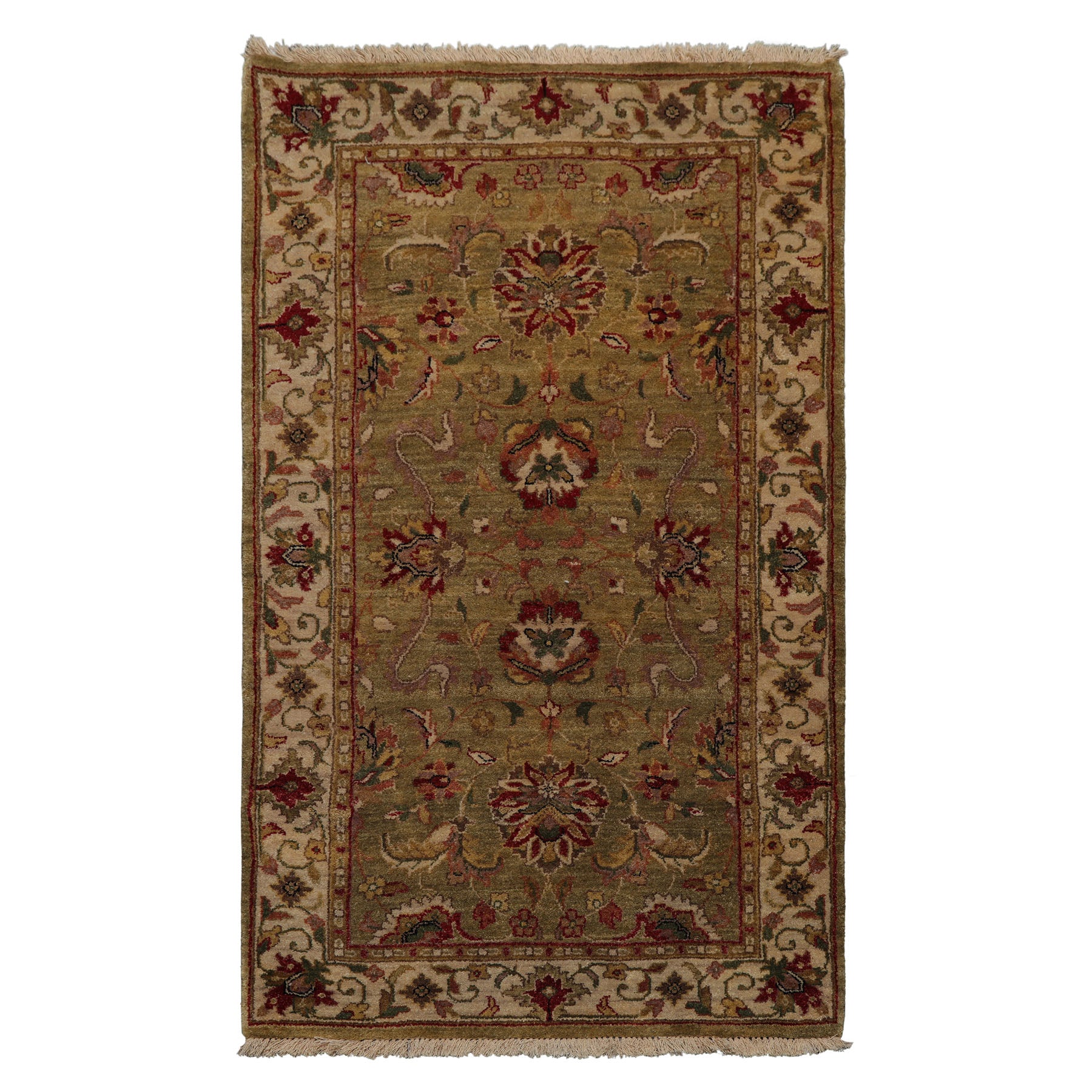




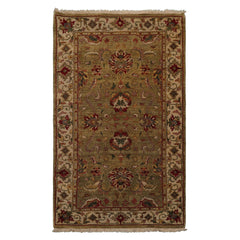
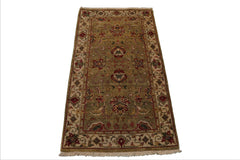
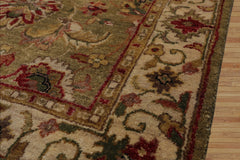
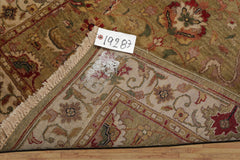

LoomBloom Gold 3x5 Agra Traditional Hand Knotted Wool Oriental Area Rug
- $250.00
$750.00- $250.00
- Unit price
- per
- Exact Size: 3x5
- Weave: Hand Knotted Rug
- Yarn: Wool
- Color: Gold, Beige, Rust, Green, Multi
- Origin: India
- Pile Height: 0.5 inch
- Condition: New
- Condition Description:
- Rug#: AOR19287
Story Behind the Art: The Indian rug tradition flourished to extraordinary heights during the Mughal dynasty, especially under Emperor Akbar in the late 16th century, when weaving centers were established in Agra, Delhi, and Lahore. While the earliest works reflected strong Persian influences, by the 17th century Indian rugs had developed a distinct aesthetic identity. Weavers introduced tighter knotting, used silky wool with a lustrous finish, and embraced rich, saturated color palettes paired with realistic, naturalistic motifs hallmarks that still define Indian rugs today. This fusion of technical mastery and original artistic vision gave Indian carpets a timeless, global appeal. Among these, Agra rugs are especially celebrated for their ability to combine Persian grandeur with Indian artistry. Their designs often feature floral tendrils, angular vines, scrolling leaves, and large blossoms, all framed within bold borders. Known for their complexity, symmetry, and elegance, Agra rugs typically favor all-over patterns, creating floor coverings that are not only decorative but also enduring masterpieces of textile art.
Related Products
- $250.00
$750.00- $250.00
- Unit price
- per
- $250.00
$750.00- $250.00
- Unit price
- per
- $250.00
$750.00- $250.00
- Unit price
- per
- $250.00
$750.00- $250.00
- Unit price
- per
- $250.00
$750.00- $250.00
- Unit price
- per
- $250.00
$750.00- $250.00
- Unit price
- per
- $250.00
$750.00- $250.00
- Unit price
- per
- $250.00
$750.00- $250.00
- Unit price
- per
- $250.00
$750.00- $250.00
- Unit price
- per
- $250.00
$750.00- $250.00
- Unit price
- per
- Choosing a selection results in a full page refresh.

